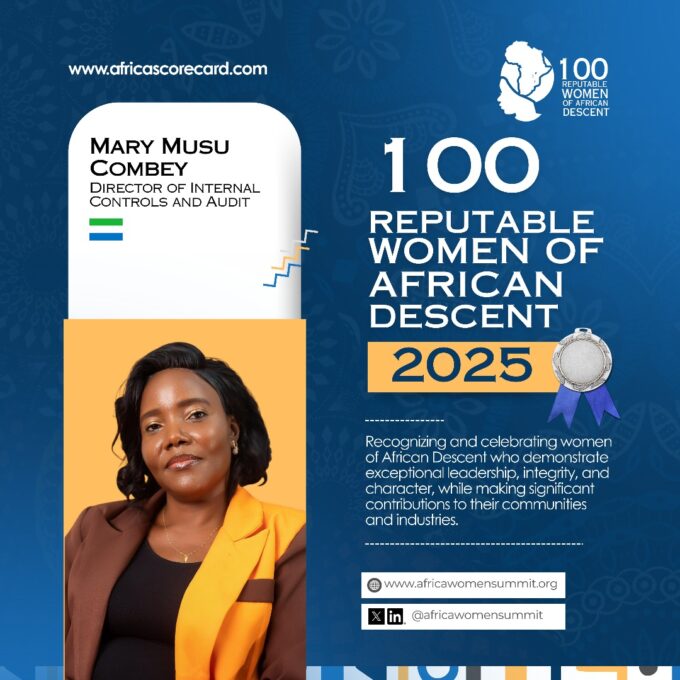The arts and culture have the potential to play a transformative role in global development by stimulating creativity, enhancing human interactions, and offering fresh perspectives on pressing challenges. As the world grapples with the slow progress toward achieving the Sustainable Development Goals (SDGs), it is crucial to explore the untapped opportunities within the cultural and creative industries (CCIs). These industries—spanning performing and audio-visual arts, crafts, design, media, software, and more—can be key drivers of inclusive growth, social development, and innovative solutions.
While not explicitly anchored in the SDGs, the cultural and creative industries can significantly contribute to the global agenda. CCIs can promote economic growth, social inclusion, and environmental protection by raising awareness, influencing behavior, challenging inequalities, and advocating for more equitable societies. They offer a unique platform to address thematic concerns such as human rights, food security, healthcare access, clean energy, and gender equity, encouraging reflection and inspiring action.
Arts and culture are not just a source of entertainment; they are powerful tools for health promotion, climate change mitigation, peacebuilding, and community resilience. By modeling positive behaviors and values, the arts can provide hope in times of despair and offer solutions to societal problems.
Economic Impact of Creative Industries
The cultural and creative industries are a significant contributor to the global economy, accounting for approximately 3.1% of global GDP and 6.2% of all employment, particularly among youth. According to the UNCTAD 2022 Outlook Report, global exports of creative goods have risen dramatically, from $208 billion in 2002 to $524 billion in 2020. Asia leads the world in creative goods exports, driven by China’s dominance, accounting for 32% of the global market.
Investment in public policies, infrastructure, and institutional capacities that support CCIs can unlock immense potential for creativity and innovation. By removing barriers to the mobility of artists, enhancing trade arrangements, and providing technical and financial support, countries can create environments where the arts flourish and contribute to broader development goals.
Culture as a Voice for Change
The arts empower diverse voices in public discourse through broad participation in music, visual arts, film, fashion, and other creative expressions. They challenge societal norms, offer solutions to complex issues, and foster dialogue on global aspirations for peace, prosperity, and sustainability. Artistic freedom, media diversity, and a robust digital environment further enhance intercultural understanding and challenge social inequalities.
For CCIs to fully realize their potential, it is essential to create conducive environments where creativity can thrive. This includes removing obstacles to the flow of cultural goods, supporting artist mobility, and implementing policies that facilitate cultural exchange and trade.
The Role of Artists in Shaping the Future
Artists are more than creators; they are visionaries who can shape society by reflecting on and questioning social, economic, and cultural realities. They highlight contradictions, unravel tensions, and offer new ways of seeing the world. By engaging with their audiences, artists can touch the mind and heart, spark dialogue, and inspire action. Their imaginative visions can inform policy, shape societal narratives, and contribute to the resolution of contemporary challenges.
When committed to social transformation, artists can activate a spirit of curiosity and questioning, subtly suggesting pathways to address issues such as poverty, inequality, and human rights violations. Integrating the arts into the pursuit of the SDGs is not just a strategic choice—it is a necessity. The arts have the power to create healthier, happier, and more inclusive communities, foster entrepreneurship, and support sustainable living practices.
Conclusion
To fully harness the potential of the arts in achieving the SDGs, nations must invest in the cultural and creative sectors. By integrating the arts into development strategies, we can foster innovation, encourage participatory practices, and build a more equitable and sustainable future. The arts are not merely a reflection of society—they are a force for change, capable of driving progress toward a better world.














Leave a comment